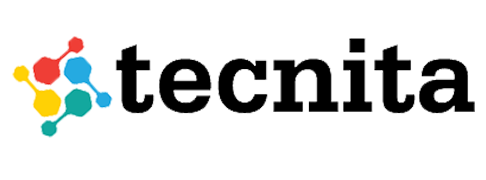
Top Strategies for Employee Engagement: Boosting Morale and Productivity
Introduction:
Employee engagement is not just a “nice-to-have” for businesses; it’s a critical factor in maximizing productivity and retaining top talent. If your company struggles to create a work environment that fosters employee engagement and motivation, it’s time to act. According to Gallup’s “State of the Global Workplace: 2022 Report,” a mere 21% of employees feel engaged at work, which is simply not good enough.
Fortunately, businesses can use proven strategies to boost employee engagement and productivity, regardless of whether their teams are in-office, remote, or located offshore/nearshore. These strategies include providing opportunities for professional development, creating a collaborative work environment, offering unique benefits, emphasizing corporate social responsibility, and prioritizing employee mental health. So, if you want to drive profitability and success for your business, it’s time to prioritize employee engagement and implement these strategies.
Understanding Employee Engagement:
Employee engagement is the term used to describe a worker’s emotional dedication to their position and the company they work for. Employees engaged in their job like what they do, take pleasure in their successes, and care about the company’s success. On the other hand, disengaged employees are less dedicated to their work, may have negative attitudes toward their jobs, and are more likely to miss work or quit.
Top Strategies for Employee Engagement:
Organizations can use many strategies to improve employee engagement. Here are some of the top strategies:
Work-Life Balance
Employees need a healthy work-life balance to be engaged and productive. Organizations should offer flexible work arrangements, such as telecommuting, flexible schedules, or job sharing. This can help employees manage their personal and professional responsibilities, leading to higher job satisfaction and productivity.
Communication
Effective communication is key to employee engagement. Organizations should have an open-door policy where employees can freely express their opinions, ideas, and concerns. Regular communication from management is also essential, such as town hall meetings, team meetings, and one-on-one meetings with employees.
Recognition and Rewards
Employee engagement may be increased by using recognition and rewards as strong motivators. Organizations should recognize employees for their hard work and accomplishments through employee-of-the-month programs, bonuses, or promotions. Rewards can also come as non-monetary incentives, such as extra time off or flexible work arrangements.
Career Growth and Development
There is a need for employees to have a sense that they are developing and expanding. Organizations should provide opportunities for employees to progress in their careers through training programs, mentorship, and career opportunities. Employees may feel more appreciated and committed to their employment as a result.
Employee Well-being
Employee well-being is essential to engagement and productivity. Organizations should offer wellness programs like gym memberships, nutrition programs, or mental health support. This can help employees feel supported and cared for, leading to higher engagement and overall well-being.
Team Building
Team building activities foster a sense of camaraderie and collaboration among employees. Organizations can offer team-building exercises such as group outings, team-building games, or volunteer opportunities. This can help employees build stronger relationships with their colleagues, improving collaboration and communication.
Inclusivity and Diversity
Inclusivity and diversity are essential components of a positive work environment. Organizations should promote diversity and inclusivity in hiring practices, employee training, and company culture. This can help employees feel valued and respected, increasing engagement and productivity.
Measuring Employee Engagement:
Measuring employee engagement is crucial for understanding the effectiveness of engagement strategies. Organizations can use various tools, such as surveys, focus groups, or one-on-one interviews, to gauge employee engagement. This can help organizations identify areas to improve engagement and address issues before they become major problems.
Conclusion:
Employee engagement is critical for the success of any organization. Engaged employees are more productive and loyal and have higher levels of job satisfaction. By implementing the top strategies for employee engagement, organizations can create a positive work environment that fosters engagement, productivity, and overall success.
Looking for motivated talent to be a part of your organization? Contact us at Tecnita to help you find the best candidates for your organization.
